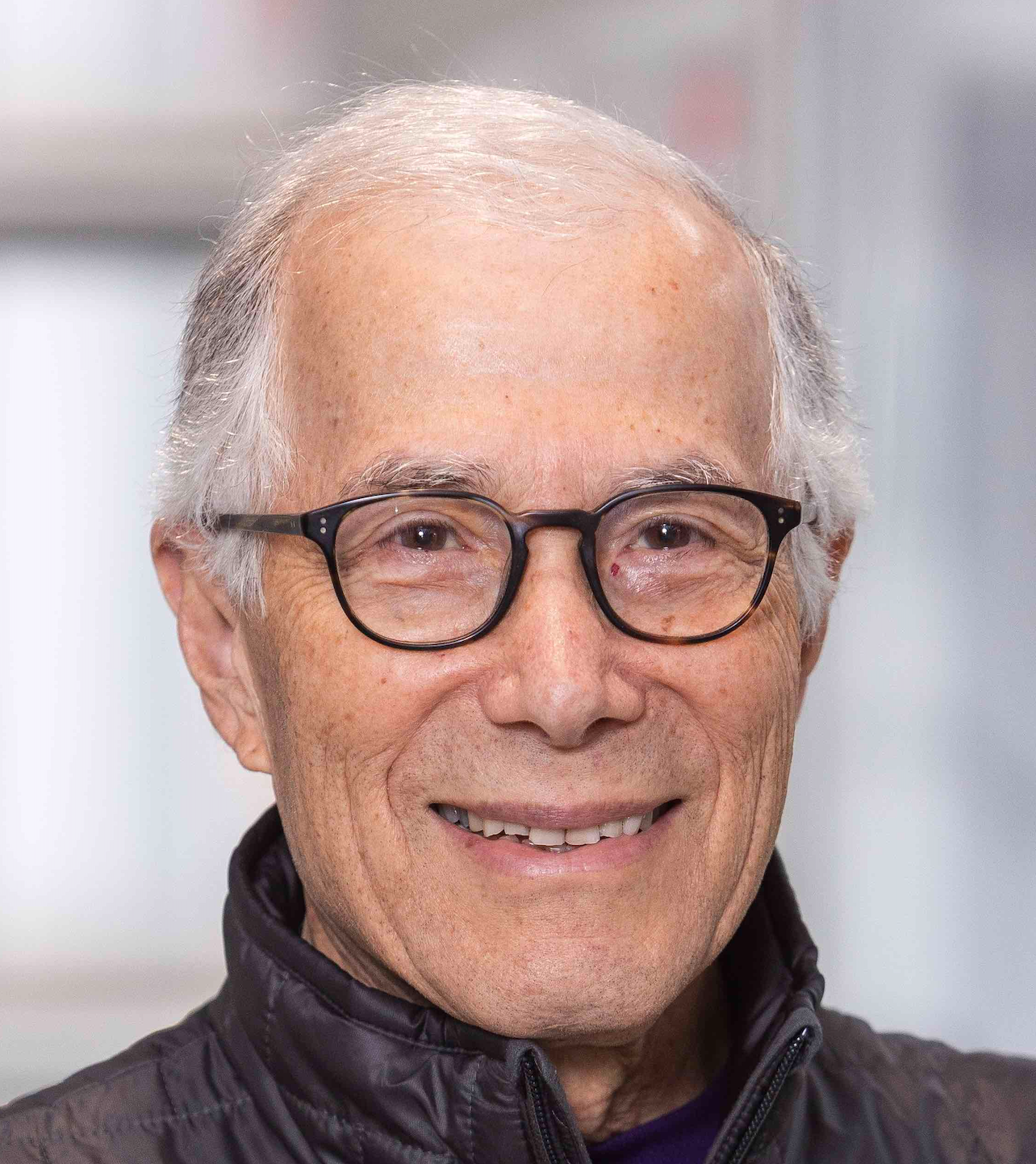Benzodiazepine Use in Kids and Teens: When Is It Safe, When Is It Effective?
Anthony Charuvastra, MD. Assistant professor, Department of Child and Adolescent Psychiatry, NYU Langone, New York, NY.
Tal Tetzeli. Research assistant, Department of Child and Adolescent Psychiatry, NYU Langone, New York, NY.
Dr. Charuvastra and Ms. Tetzeli have no financial relationships with companies related to this material.
 J. John Mann, MD.
J. John Mann, MD.



_-The-Breakthrough-Antipsychotic-That-Could-Change-Everything.webp?t=1729528747)



